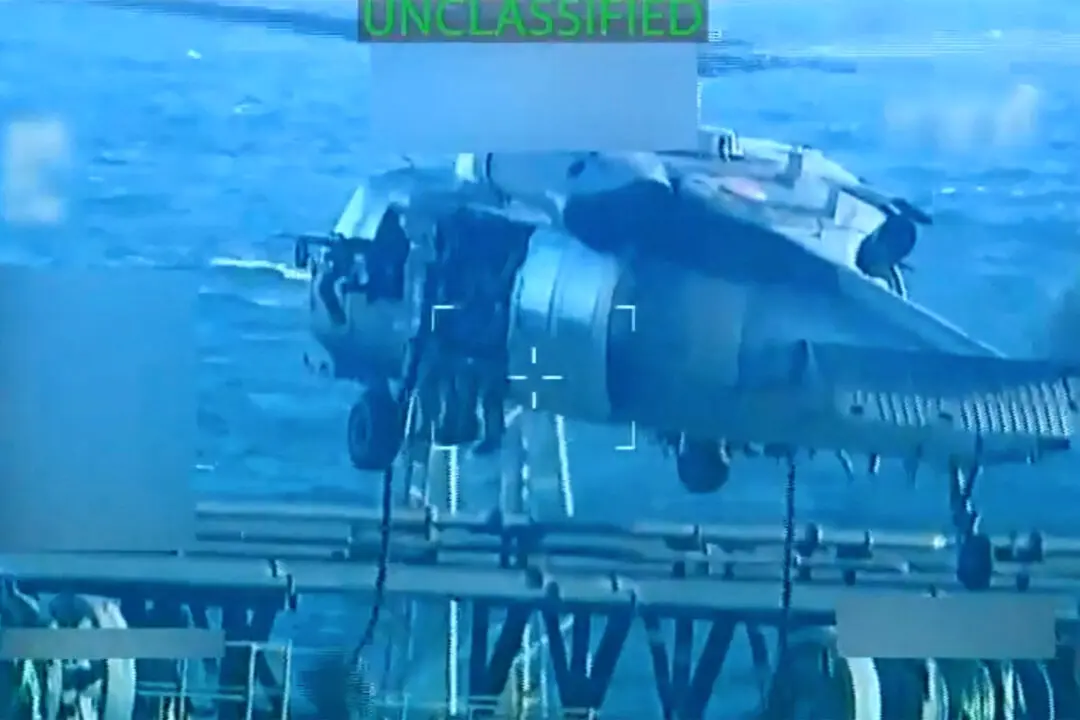It’s hard to know why most of the high-profile airplane crashes in the past year have involved Asia-based airliners, says one expert.
On Wednesday morning (local time), a TransAsia turboprop plane with 58 people on board crashed into the river in Taipei. It’s the second time the airliner experienced a fatal aviation accident in less than a year. Malaysia Airlines suffered two major aviation disasters last year, and an AirAsia plane crashed in December.
So is there a clear-cut reason why this is a phenomenon?





